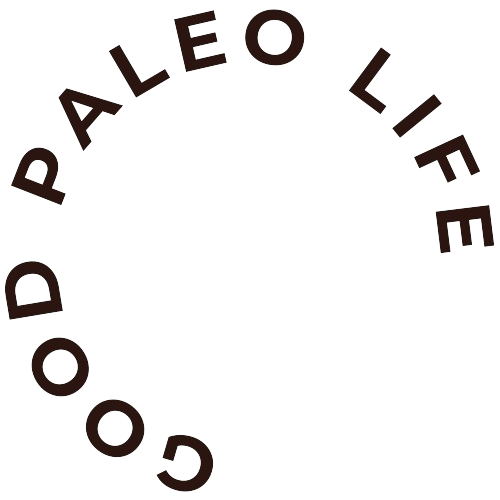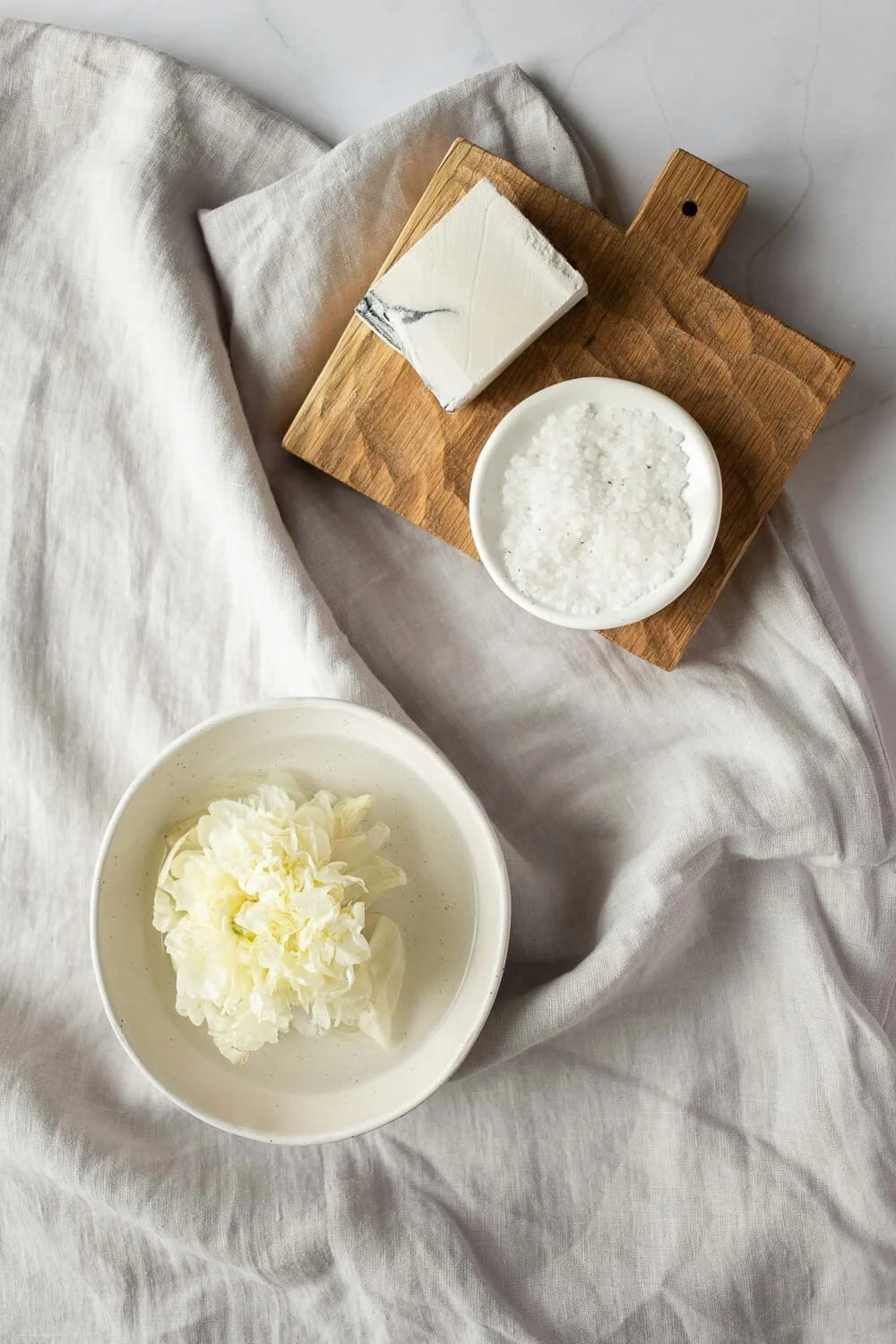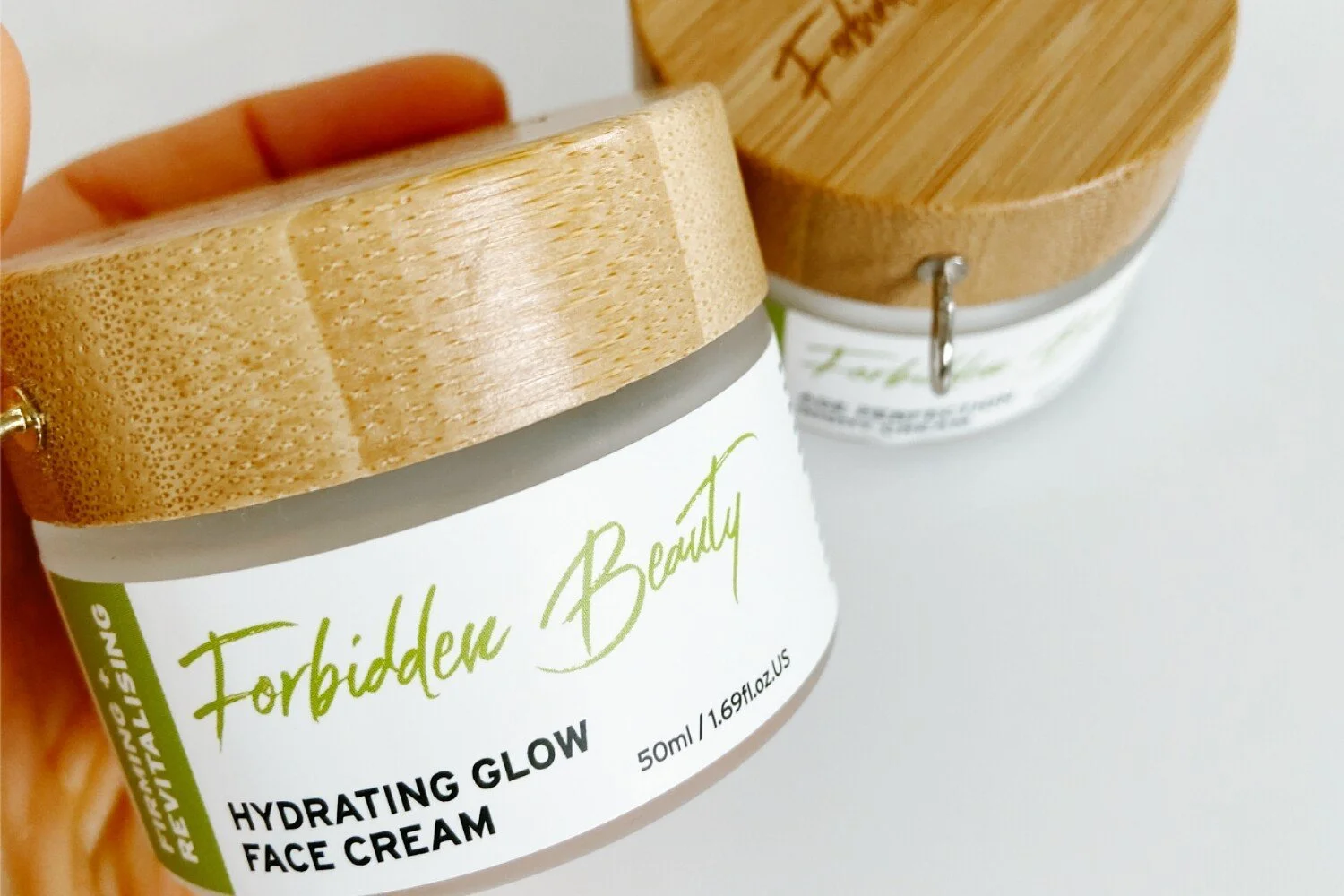Navigating Clean Beauty: How to Decode Skincare Labels
Trying to figure out what goes into your skincare products can feel insanely confusing. Trying to read labels and understand ingredients with weird names isn’t what you want to become an expert in after all, you just want to find the best clean, effective beauty routine for your skin.
So, let’s dive into the art of decoding skincare labels today, so you can choose natural and toxin-free beauty products that are good for you on every level.
1. Understand the Ingredient List Order
Skincare labels list ingredients in descending order by concentration. The first five ingredients typically make up the majority of the product. So, if you spot beneficial ingredients like aloe vera or jojoba oil at the top, you’re off to a good start. Conversely, if harsh chemicals pop up first, consider looking for alternatives.
2. Spot the Sneaky Chemicals
Navigating clean beauty means being on the lookout for certain chemicals. Parabens, phthalates, synthetic fragrances, and sulfates are common culprits that can disrupt our body's natural functions. These ingredients might be hiding behind terms like "fragrance" or complex chemical names, so keeping a list of names to avoid can be incredibly helpful.
3. Embrace the Power of Apps
Thankfully there are apps like Think Dirty and EWG’s Skin Deep database that allow you to scan products or search by name to assess their safety and toxicity levels. Utilizing these resources can simplify your shopping process, making it easier to find products that meet your personal clean beauty standards.
4. Look for Certifications
Certifications can be a helpful in the clean beauty world. Labels like USDA Organic, Non-GMO Project Verified, and EWG Verified are good indicators that a product has passed certain standards. While not every clean beauty product will have these certifications, and not every product that has a certification automatically is the right choice for you, they can be a strong indicator of a brand's commitment to natural and safe ingredients.
5. Natural Doesn’t Always Mean Safe
It’s crucial to remember that "natural" isn’t synonymous with "safe” or “right for you”. Certain natural ingredients can be irritants or allergens for some skin types. Always patch test new products, and at the same time don’t disregard an ingredient’s potential impact based on its natural origin.
6. Simplify Your Beauty Routine
One of the most effective ways to ensure your skincare regimen is clean and healthy is to simplify it. Fewer products mean fewer labels to analyze and less chance of exposing your skin to unwanted chemicals. Plus, embracing a minimalist approach aligns well with a Paleo-inspired lifestyle.
7. Trust Your Instincts and Keep Learning
Over time you'll become more adept at reading labels and making informed choices. Trust your instincts — if something doesn’t feel right about a product, it’s okay to pass. There are plenty more options out there. Stay curious, keep learning, and share your discoveries below if you’re keen. It’s easier to navigate beauty products when we can learn from each other.
Remember that clean beauty and skincare is a personal and evolving journey, as anything else health and wellness-related. By taking the time to understand what goes into our skincare products, we’re not just making healthier choices for ourselves—we’re contributing to a more sustainable and conscious world.
I’d love to hear about your experiences with decoding skincare labels or any clean beauty brands that you’ve become loyal to. What helpful resources or tips have you found along the way?






